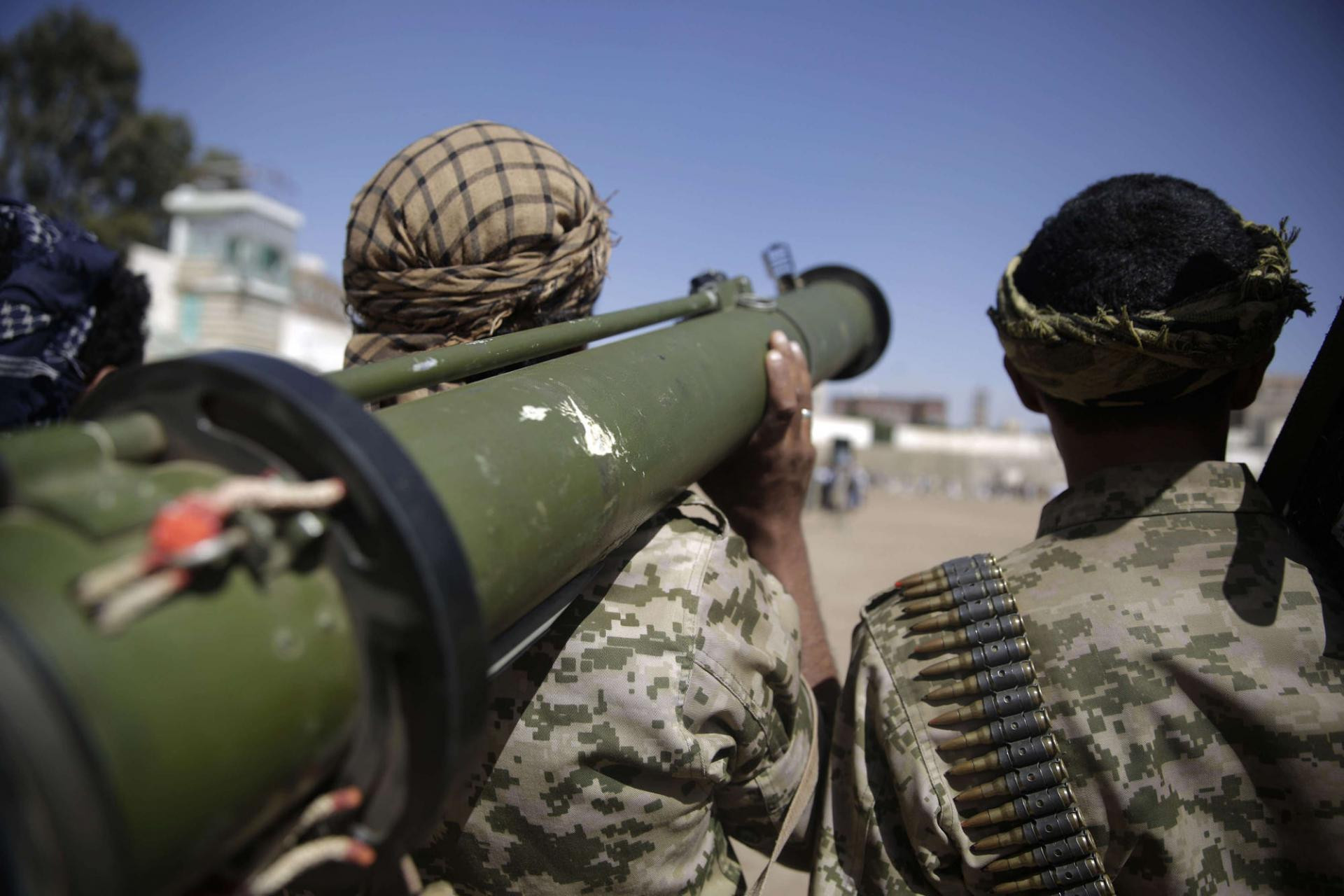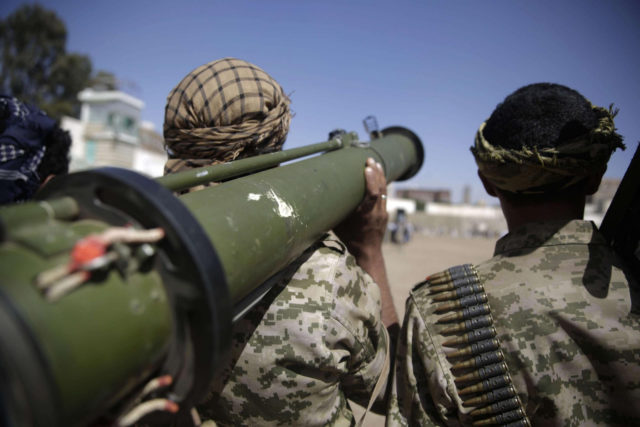(425) 06-20-2020-to-06-26-2020___****THE****WINDS****of****WAR****
WAR - 06-20-2020-to-06-26-2020___****THE****WINDS****of****WAR****
(422) 05-30-2020-to-06-05-2020___****THE****WINDS****of****WAR**** WAR -...

www.timebomb2000.com
(426) 06-27-2020-to-07-03-2020___****THE****WINDS****of****WAR****
WAR - 06-27-2020-to-07-03-2020___****THE****WINDS****of****WAR****
(423) 06-06-2020-to-06-12-2020___****THE****WINDS****of****WAR**** WAR - 06-06-2020-to-06-12-2020___****THE****WINDS****of****WAR**** (420)...
 www.timebomb2000.com
www.timebomb2000.com
(427) 07-04-2020-to-07-10-2020___****THE****WINDS****of****WAR****
 www.timebomb2000.com
www.timebomb2000.com
--------------------------
Posted by:
[IMG alt="danielboon"]https://www.timebomb2000.com/xf/data/avatars/m/6/6603.jpg?1575912787[/IMG]
danielboon
Has No Life - Lives on TB
Today at 11:48 AM
And...
danielboon
Has No Life - Lives on TB
Today at 12:36 PM
https://twitter.com/i/web/status/1282032478195195904
View: https://mobile.twitter.com/disclosetv/status/1282032478195195904
--------------------------
Hummm.....
Posted for fair use.....

 www.realcleardefense.com
www.realcleardefense.com
Arms Control, the ICBM Force, and Ballistic Missile Defense
By Mark B. Schneider
July 11, 2020
The U.S. has just started negotiations with the Russians on a new nuclear arms control treaty. Our objectives include closing loopholes in the New START Treaty, bringing in all nuclear weapons, improving verification and bringing China into the negotiation. Russia has rejected these objectives; it seeks to extend the New START Treaty without changes, according to Deputy Chairman of the Russian National Security Council (and former President) Dmitry Medvedev. Critically, a key Russian objective is to enhance limitations on U.S. missile defenses.
Our chief negotiator, Ambassador Marshall Billingslea, has said that extension of the Treaty will depend on progress with Russia on limiting all nuclear weapons and bringing China into the negotiation.
The extension of the New START Treaty would keep in place its limitations on missile defenses (Article V, paragraph 2):
Each Party shall not convert and shall not use ICBM launchers and SLBM launchers for placement of missile defense interceptors therein. Each Party further shall not convert and shall not use launchers of missile defense interceptors for placement of ICBMs and SLBMs therein. This provision shall not apply to ICBM launchers that were converted prior to the signature of this Treaty for the placement of missile defense interceptors therein.
Today, some advocate using ICBMs as missile defense interceptors and space launch vehicles and transferring the ICBM force to the new Space Force. The New START Treaty’s Article V, in combination with the restrictive New START definition of “missile defense interceptor” that requires that it must be used “solely” for missile defense, prohibits using an ICBM for missile defense. Putting our ICBMs under the Space Force is no more necessary than putting the Navy’s Trident submarines or the Army’s short-range ballistic missiles under the Space Force just because these missiles travel for a short time through space. Any significant space launch role for U.S. ICBMs is unlikely because of their limited orbital payload. Indeed, Russian efforts to market its much more powerful legacy Soviet ICBMs for space launch were not terribly successful.
Using a modified version of the Ground-based Strategic Deterrent (GBSD), the Minuteman III replacement ICBM, as our Next Generation Interceptor, is a bad idea. Just over 20 years ago, the Clinton administration rejected the use of the Minuteman III as the Ground-Based Interceptor (GBI), which currently protects the U.S. (I personally opposed the use of the Minuteman III as Director of Strategic Arms Control Policy in OSD). While the START Treaty did not have New START’s legal prohibitions on missile defense or its restrictive definition of missile defense interceptor, it was obvious that the Minuteman III was very old, less reliable than modern design, limited in number and that the START Treaty’s restrictions on ICBM operations, notifications and its verification regime would create great problems, which the Russians would make worse. Many of these factors are still in play, and the Russians are now even more fanatically opposed to U.S. missile defense.
Putin’s Russia has engaged in a constant information war with the U.S. and its allies with missile defense, the main target. A barely legal modification of the GBSD into a missile defense interceptor (a three percent change in first stage length or diameter) would hand Russia a stick with which to beat us. A side-by-side comparison of the two versions just after launch would appear to show the same missile. The Russians have a history of making factually and legally inaccurate compliance charges against the U.S. For example, the Russian claim that the Aegis Ashore missile defense system in Europe was actually a prohibited deployment of INF-range cruise missiles was bogus. Russia will claim that a GBSD-derived missile defense interceptor is an ICBM and that its launchers were covert ICBM launchers in violation of New START.
Modifying the GBSD into a missile defense interceptor will negatively impact the U.S. large solid rocket motor industrial base, which is already in bad shape. It would terminate half of the planned U.S. development of large solid fuel rockets. U.S. design activity almost ended in the 1990s, and the number of large solid rocket motor producers declined from seven to two, one of which is struggling. After the GBSD, the only planned U.S. strategic missile program is the second Trident II life extension program. Life extension programs do not exercise the full range of missile design skills, which require full design activity. Had we taken similar advice in the 1990s and used the Minuteman III as the GBI, the result today would be a more degraded industrial base and a declining nuclear deterrent and missile defense capability. If we combine the two functions in essentially the same missile, any serious technical problem will impact both our deterrence and defense potential.
A 2006 Defense Science Board report concluded that we were losing large missile design skills, including our ability to fix problems in existing missiles if they develop. A 2006 teport by the DTRA Threat Reduction Advisory Committee said, “The current low level of effort on new or modified strategic strike systems is insufficient both to maintain the health of the infrastructure and to provide strategic options for the nation.” This situation was made worse by the termination of the Space Shuttle Program and NASA’s Ares booster system and other cuts. The 2009 report of the U.S. Strategic Commission noted that "The infrastructure that supports two-thirds of the strategic deterrent triad—the SLBMs and ICBMs—is not being sustained.” Just after this report, OSD raised concerns that simply continuing small scale Trident II production “…does not adequately address maintaining the design and development skills required for developing our next generation strategic systems.” A 2018 Presidential report and a 2019 OSD report on the U.S. industrial base said that over the last two decades, there were “no solid rocket motor improvements.” Converting the GBSD into a missile defense interceptor and terminating the MDA program for the Next Generation Interceptor would eliminate any serious competition in future ballistic missiles and large solid fuel rocket motors for space launch and would likely drive up costs. This is not what we need in an era of competition with Russia and China, both of which have multiple ballistic missile development and deployment programs underway.
It would be foolish indeed to ignore the fact that the GBSD is under political attack from Minimum Deterrence/arms control enthusiasts who frequently oppose missile defense. Adding the missile defense function in the GBSD program would simply make it a more attractive target, and these efforts would be supported by Russian and, probably, Chinese information warfare. The future of New START is unclear, but we should not assume arms control problems will disappear. Even more significant is that if the U.S. builds only one new large solid fuel rocket over the next 50 years, we will very likely lose the ability to design such systems. This will impact nuclear deterrence, missile defense, potentially hypersonic boost-glide vehicles, and to a lesser degree space launch with solid rocket motors to the detriment of U.S. national security.
Dr. Mark B. Schneider is a Senior Analyst with the National Institute for Public Policy. Before his retirement from the Department of Defense Senior Executive Service, Dr. Schneider served in a number of senior positions within the Office of Secretary of Defense for Policy including Principal Director for Forces Policy, Principal Director for Strategic Defense, Space and Verification Policy, Director for Strategic Arms Control Policy and Representative of the Secretary of Defense to the Nuclear Arms Control Implementation Commissions. He also served in the senior Foreign Service as a Member of the State Department Policy Planning Staff.
WAR - 06-20-2020-to-06-26-2020___****THE****WINDS****of****WAR****
(422) 05-30-2020-to-06-05-2020___****THE****WINDS****of****WAR**** WAR -...
www.timebomb2000.com
(426) 06-27-2020-to-07-03-2020___****THE****WINDS****of****WAR****
WAR - 06-27-2020-to-07-03-2020___****THE****WINDS****of****WAR****
(423) 06-06-2020-to-06-12-2020___****THE****WINDS****of****WAR**** WAR - 06-06-2020-to-06-12-2020___****THE****WINDS****of****WAR**** (420)...
(427) 07-04-2020-to-07-10-2020___****THE****WINDS****of****WAR****
WAR - 07-04-2020-to-07-10-2020___****THE****WINDS****of****WAR****
(424) 06-13-2020-to-06-19-2020___****THE****WINDS****of****WAR**** WAR - 06-13-2020-to-06-19-2020___****THE****WINDS****of****WAR**** Sorry for the delay...
--------------------------
Posted by:
[IMG alt="danielboon"]https://www.timebomb2000.com/xf/data/avatars/m/6/6603.jpg?1575912787[/IMG]
danielboon
Has No Life - Lives on TB
Today at 11:48 AM
And...
danielboon
Has No Life - Lives on TB
Today at 12:36 PM
https://twitter.com/i/web/status/1282032478195195904
View: https://mobile.twitter.com/disclosetv/status/1282032478195195904
--------------------------
Hummm.....
Posted for fair use.....

Arms Control, the ICBM Force, and Ballistic Missile Defense
The U.S. has just started negotiations with the Russians on a new nuclear arms control treaty. Our objectives include closing loopholes in the New START Treaty, bringing in all nuclear weapons, improv
Arms Control, the ICBM Force, and Ballistic Missile Defense
By Mark B. Schneider
July 11, 2020
The U.S. has just started negotiations with the Russians on a new nuclear arms control treaty. Our objectives include closing loopholes in the New START Treaty, bringing in all nuclear weapons, improving verification and bringing China into the negotiation. Russia has rejected these objectives; it seeks to extend the New START Treaty without changes, according to Deputy Chairman of the Russian National Security Council (and former President) Dmitry Medvedev. Critically, a key Russian objective is to enhance limitations on U.S. missile defenses.
Our chief negotiator, Ambassador Marshall Billingslea, has said that extension of the Treaty will depend on progress with Russia on limiting all nuclear weapons and bringing China into the negotiation.
The extension of the New START Treaty would keep in place its limitations on missile defenses (Article V, paragraph 2):
Each Party shall not convert and shall not use ICBM launchers and SLBM launchers for placement of missile defense interceptors therein. Each Party further shall not convert and shall not use launchers of missile defense interceptors for placement of ICBMs and SLBMs therein. This provision shall not apply to ICBM launchers that were converted prior to the signature of this Treaty for the placement of missile defense interceptors therein.
Today, some advocate using ICBMs as missile defense interceptors and space launch vehicles and transferring the ICBM force to the new Space Force. The New START Treaty’s Article V, in combination with the restrictive New START definition of “missile defense interceptor” that requires that it must be used “solely” for missile defense, prohibits using an ICBM for missile defense. Putting our ICBMs under the Space Force is no more necessary than putting the Navy’s Trident submarines or the Army’s short-range ballistic missiles under the Space Force just because these missiles travel for a short time through space. Any significant space launch role for U.S. ICBMs is unlikely because of their limited orbital payload. Indeed, Russian efforts to market its much more powerful legacy Soviet ICBMs for space launch were not terribly successful.
Using a modified version of the Ground-based Strategic Deterrent (GBSD), the Minuteman III replacement ICBM, as our Next Generation Interceptor, is a bad idea. Just over 20 years ago, the Clinton administration rejected the use of the Minuteman III as the Ground-Based Interceptor (GBI), which currently protects the U.S. (I personally opposed the use of the Minuteman III as Director of Strategic Arms Control Policy in OSD). While the START Treaty did not have New START’s legal prohibitions on missile defense or its restrictive definition of missile defense interceptor, it was obvious that the Minuteman III was very old, less reliable than modern design, limited in number and that the START Treaty’s restrictions on ICBM operations, notifications and its verification regime would create great problems, which the Russians would make worse. Many of these factors are still in play, and the Russians are now even more fanatically opposed to U.S. missile defense.
Putin’s Russia has engaged in a constant information war with the U.S. and its allies with missile defense, the main target. A barely legal modification of the GBSD into a missile defense interceptor (a three percent change in first stage length or diameter) would hand Russia a stick with which to beat us. A side-by-side comparison of the two versions just after launch would appear to show the same missile. The Russians have a history of making factually and legally inaccurate compliance charges against the U.S. For example, the Russian claim that the Aegis Ashore missile defense system in Europe was actually a prohibited deployment of INF-range cruise missiles was bogus. Russia will claim that a GBSD-derived missile defense interceptor is an ICBM and that its launchers were covert ICBM launchers in violation of New START.
Modifying the GBSD into a missile defense interceptor will negatively impact the U.S. large solid rocket motor industrial base, which is already in bad shape. It would terminate half of the planned U.S. development of large solid fuel rockets. U.S. design activity almost ended in the 1990s, and the number of large solid rocket motor producers declined from seven to two, one of which is struggling. After the GBSD, the only planned U.S. strategic missile program is the second Trident II life extension program. Life extension programs do not exercise the full range of missile design skills, which require full design activity. Had we taken similar advice in the 1990s and used the Minuteman III as the GBI, the result today would be a more degraded industrial base and a declining nuclear deterrent and missile defense capability. If we combine the two functions in essentially the same missile, any serious technical problem will impact both our deterrence and defense potential.
A 2006 Defense Science Board report concluded that we were losing large missile design skills, including our ability to fix problems in existing missiles if they develop. A 2006 teport by the DTRA Threat Reduction Advisory Committee said, “The current low level of effort on new or modified strategic strike systems is insufficient both to maintain the health of the infrastructure and to provide strategic options for the nation.” This situation was made worse by the termination of the Space Shuttle Program and NASA’s Ares booster system and other cuts. The 2009 report of the U.S. Strategic Commission noted that "The infrastructure that supports two-thirds of the strategic deterrent triad—the SLBMs and ICBMs—is not being sustained.” Just after this report, OSD raised concerns that simply continuing small scale Trident II production “…does not adequately address maintaining the design and development skills required for developing our next generation strategic systems.” A 2018 Presidential report and a 2019 OSD report on the U.S. industrial base said that over the last two decades, there were “no solid rocket motor improvements.” Converting the GBSD into a missile defense interceptor and terminating the MDA program for the Next Generation Interceptor would eliminate any serious competition in future ballistic missiles and large solid fuel rocket motors for space launch and would likely drive up costs. This is not what we need in an era of competition with Russia and China, both of which have multiple ballistic missile development and deployment programs underway.
It would be foolish indeed to ignore the fact that the GBSD is under political attack from Minimum Deterrence/arms control enthusiasts who frequently oppose missile defense. Adding the missile defense function in the GBSD program would simply make it a more attractive target, and these efforts would be supported by Russian and, probably, Chinese information warfare. The future of New START is unclear, but we should not assume arms control problems will disappear. Even more significant is that if the U.S. builds only one new large solid fuel rocket over the next 50 years, we will very likely lose the ability to design such systems. This will impact nuclear deterrence, missile defense, potentially hypersonic boost-glide vehicles, and to a lesser degree space launch with solid rocket motors to the detriment of U.S. national security.
Dr. Mark B. Schneider is a Senior Analyst with the National Institute for Public Policy. Before his retirement from the Department of Defense Senior Executive Service, Dr. Schneider served in a number of senior positions within the Office of Secretary of Defense for Policy including Principal Director for Forces Policy, Principal Director for Strategic Defense, Space and Verification Policy, Director for Strategic Arms Control Policy and Representative of the Secretary of Defense to the Nuclear Arms Control Implementation Commissions. He also served in the senior Foreign Service as a Member of the State Department Policy Planning Staff.

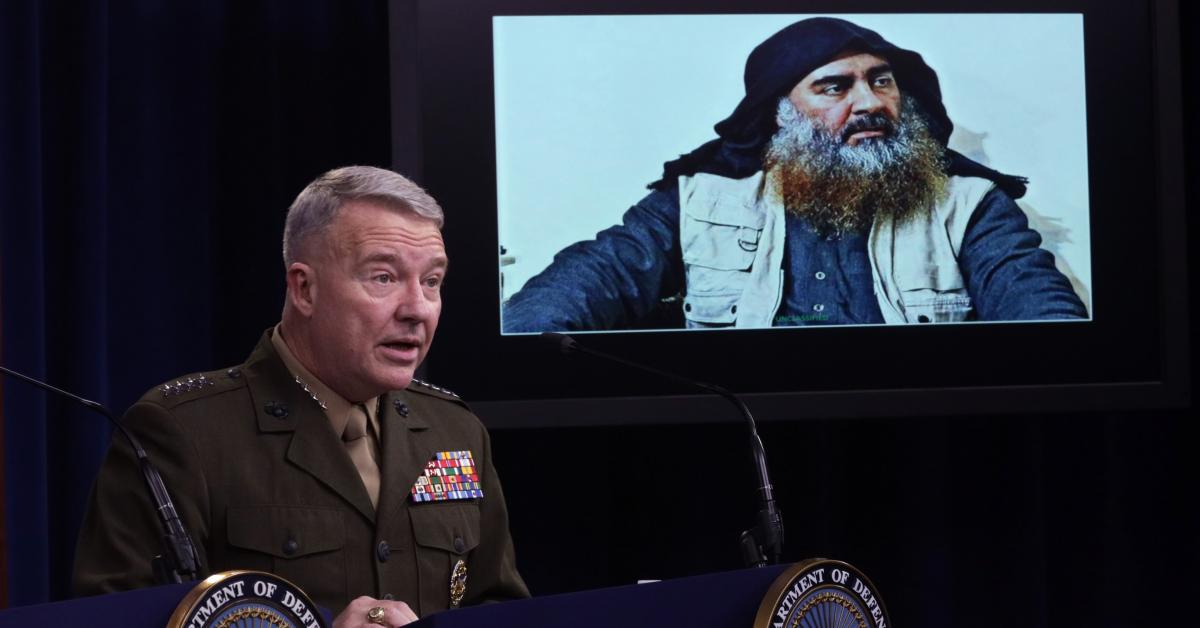







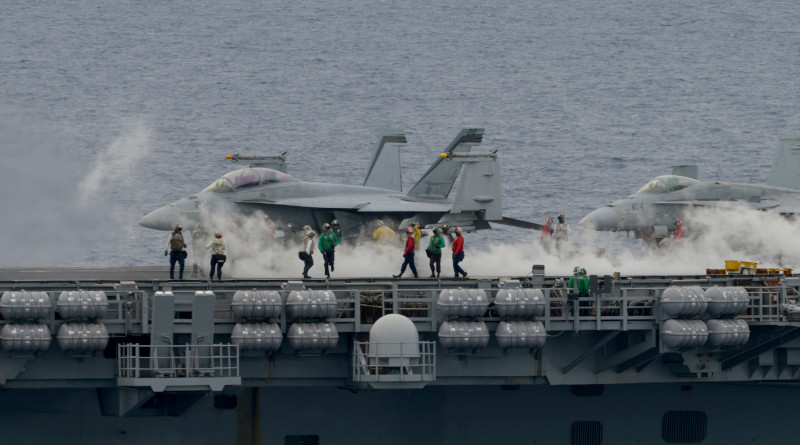

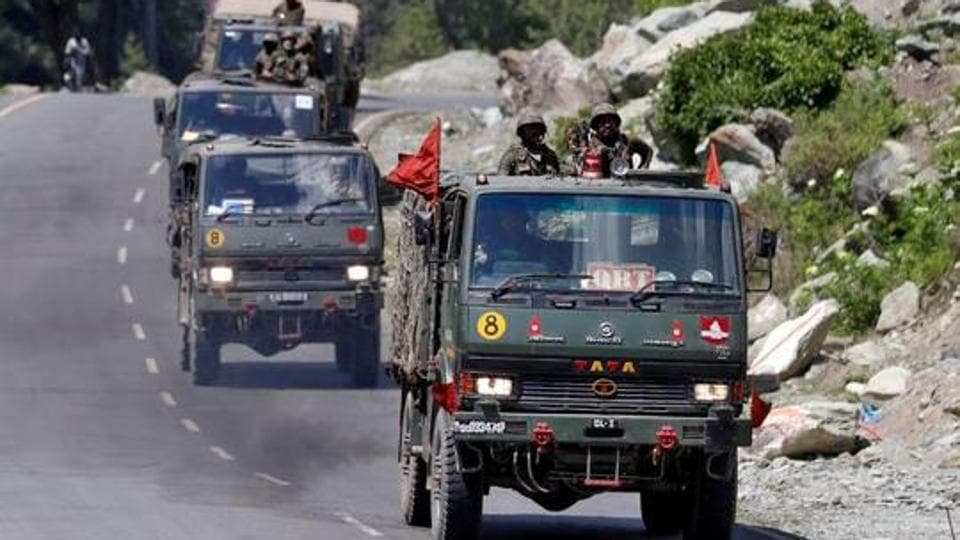



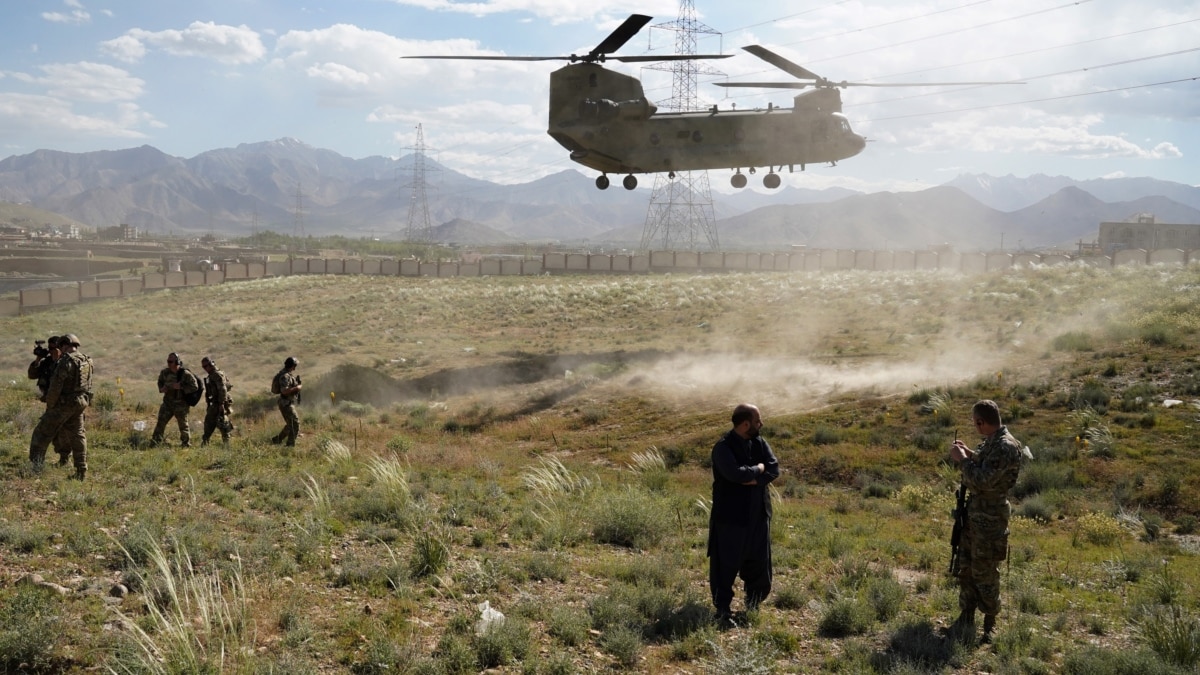
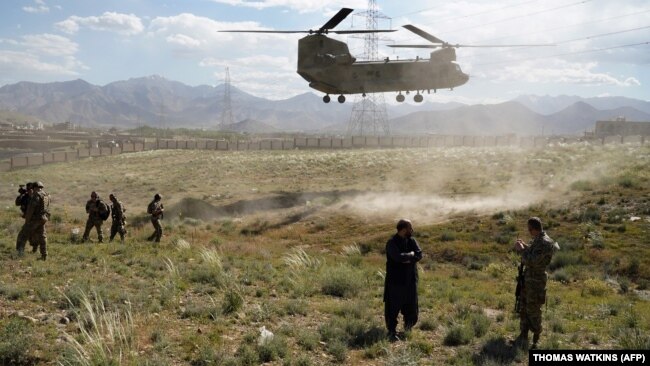

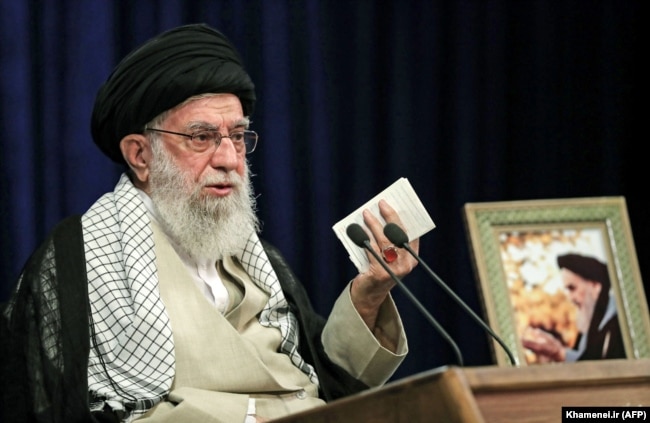
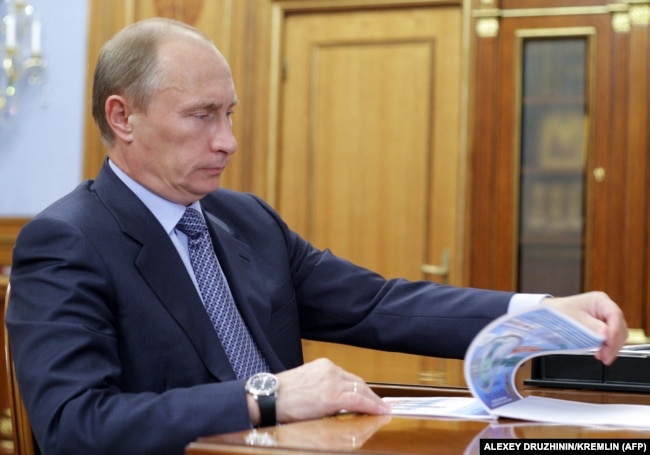


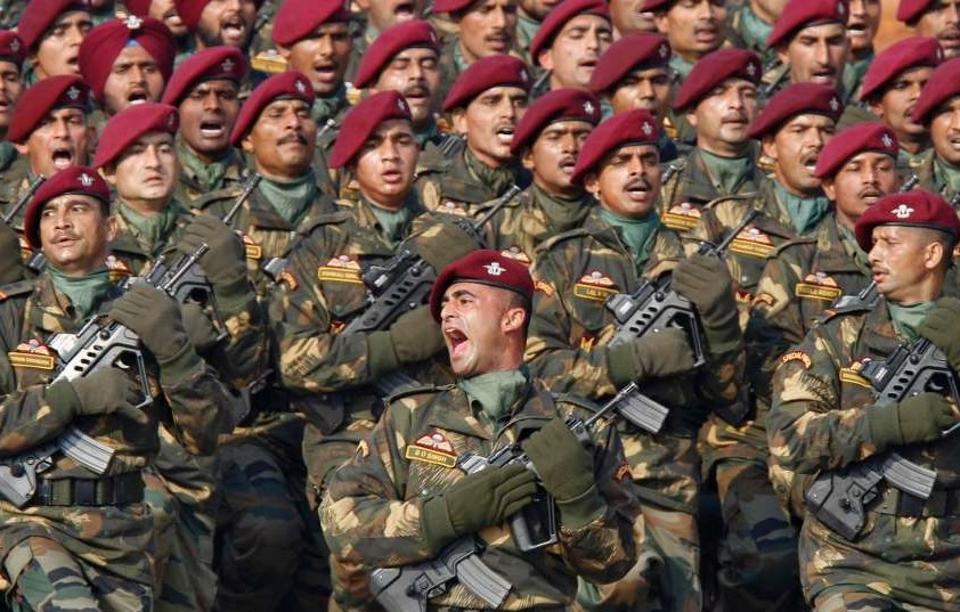
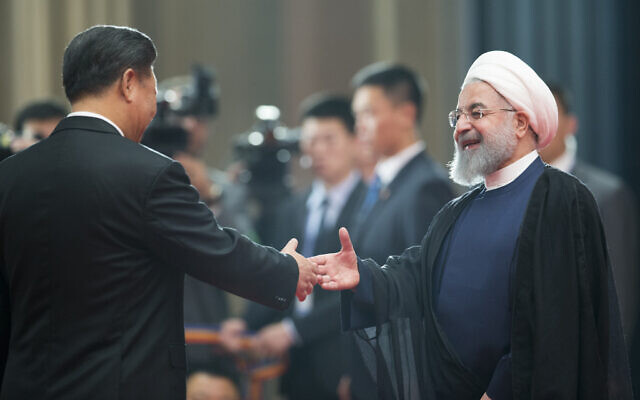
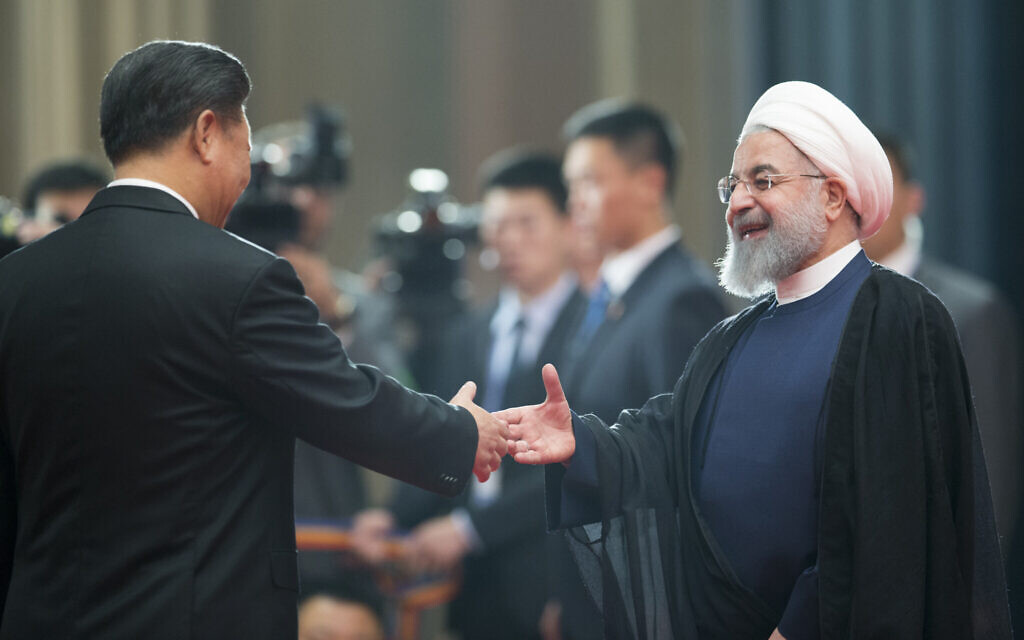

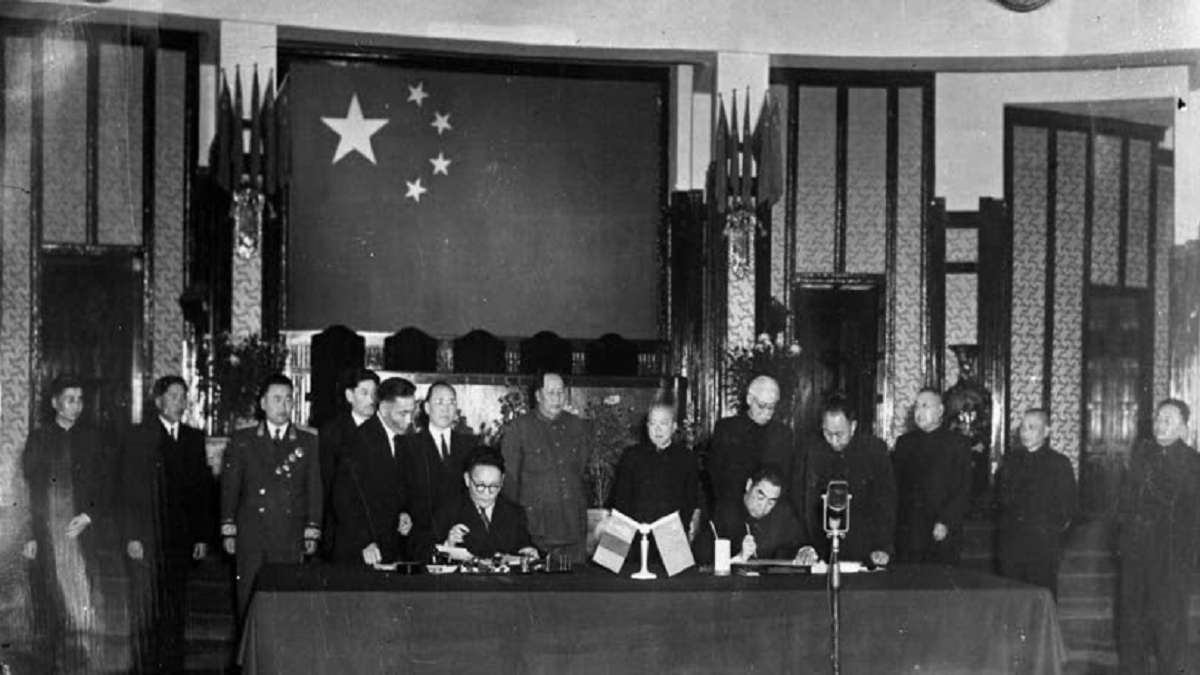
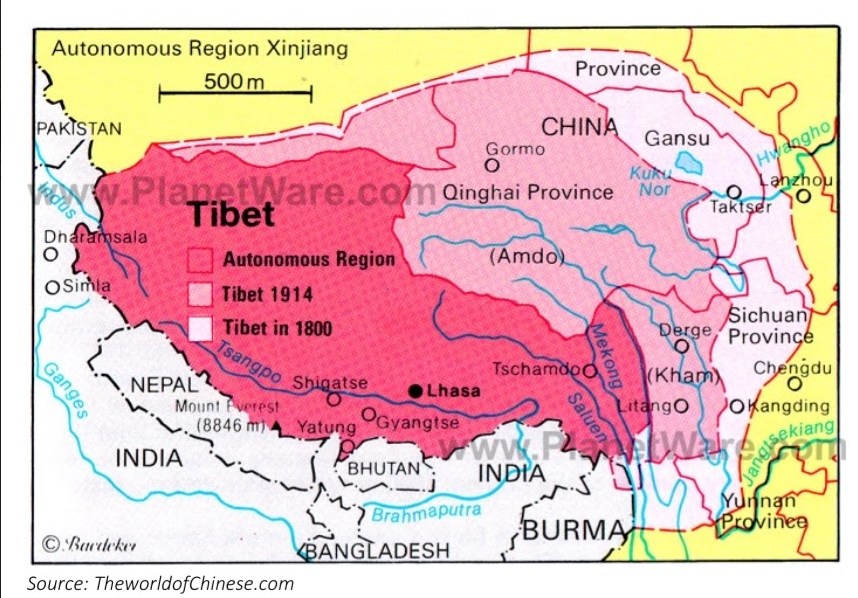
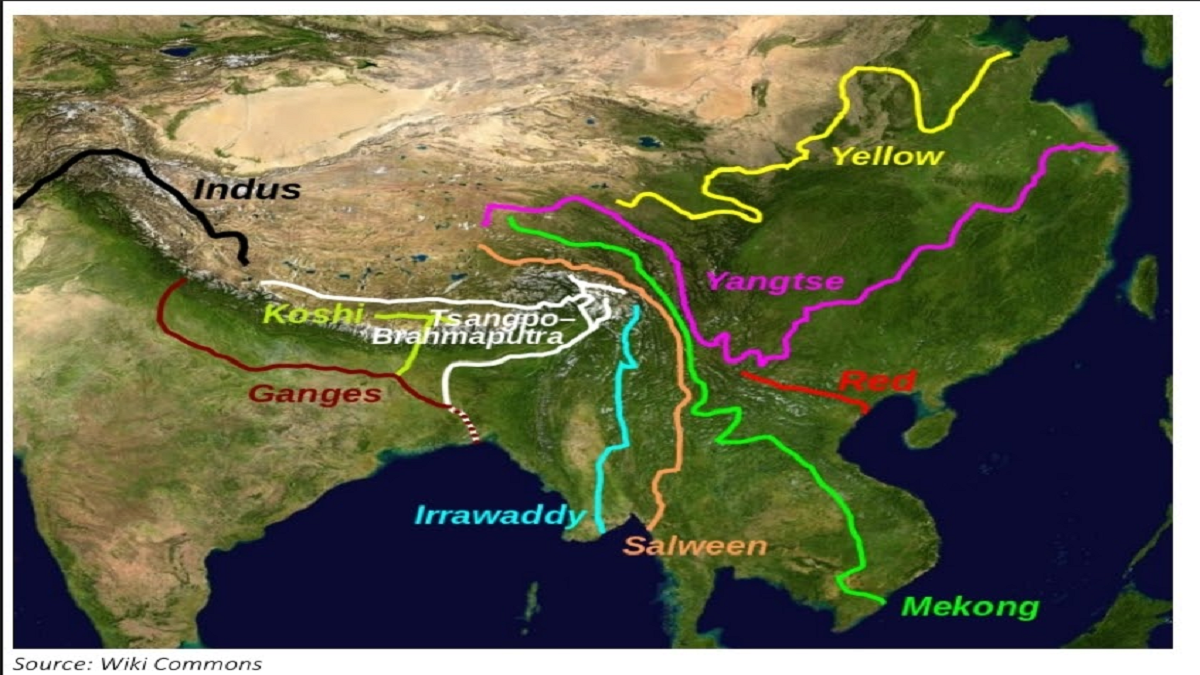





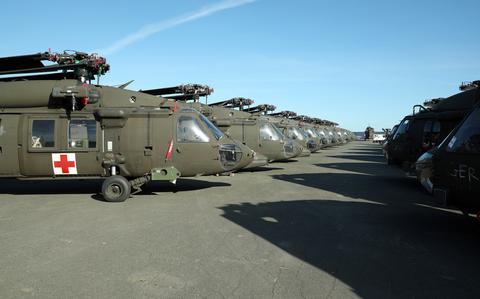


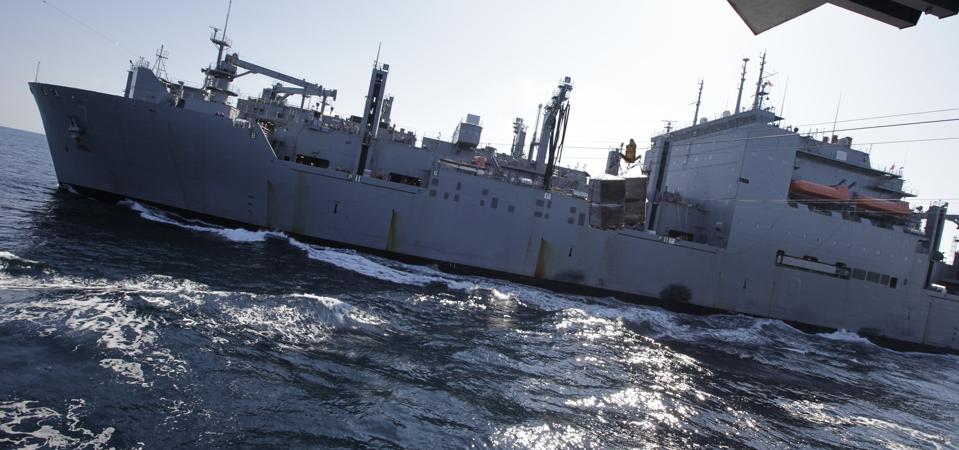
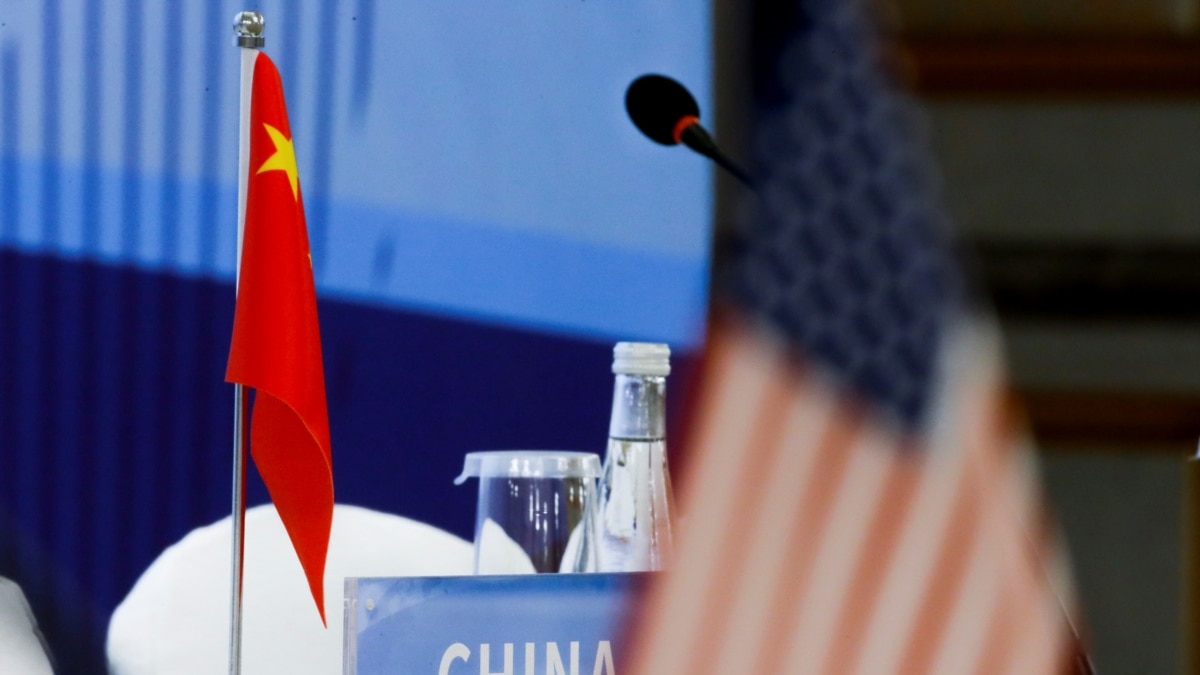





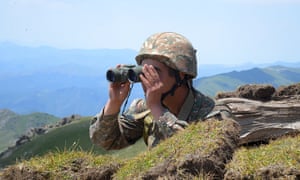

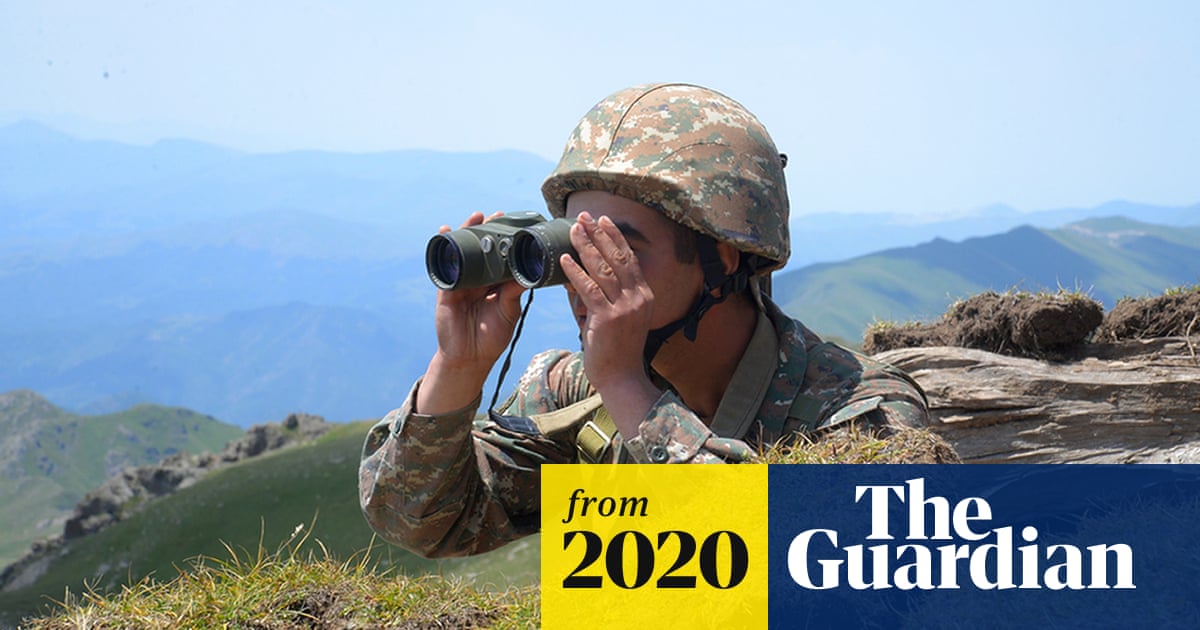


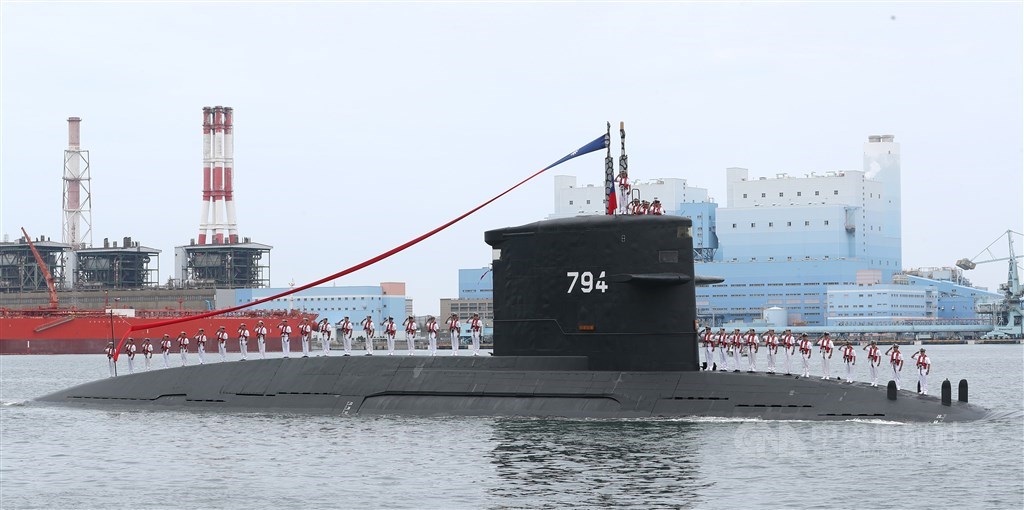



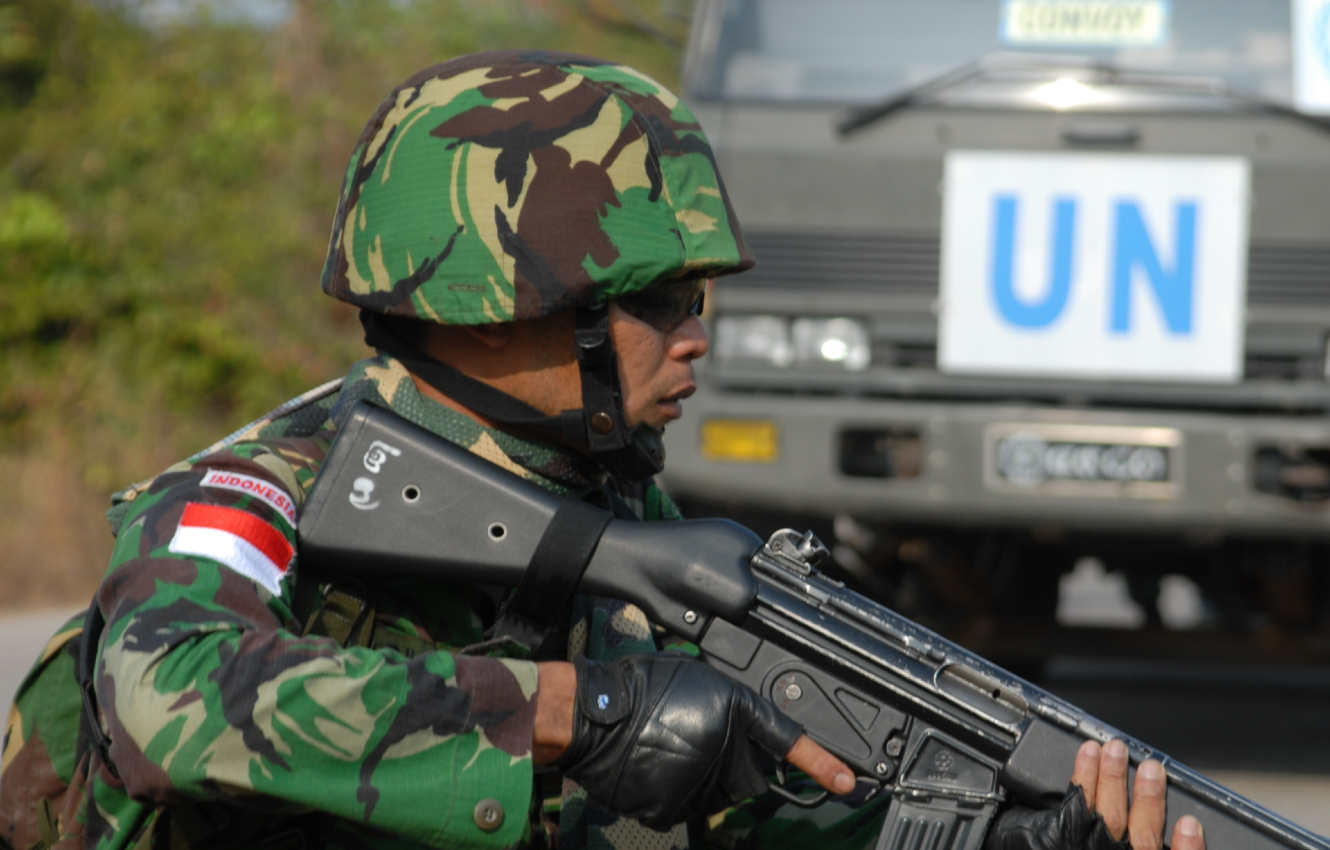

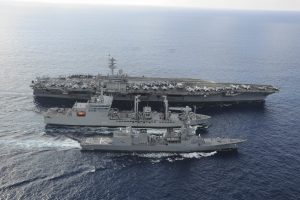

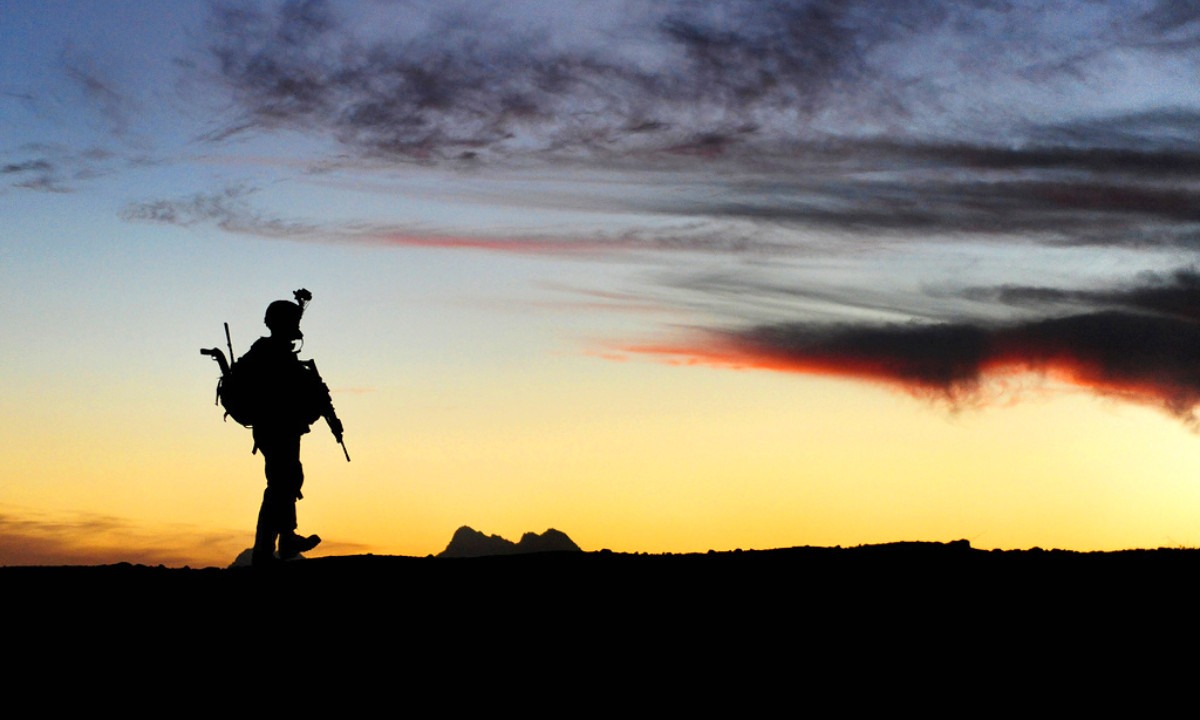

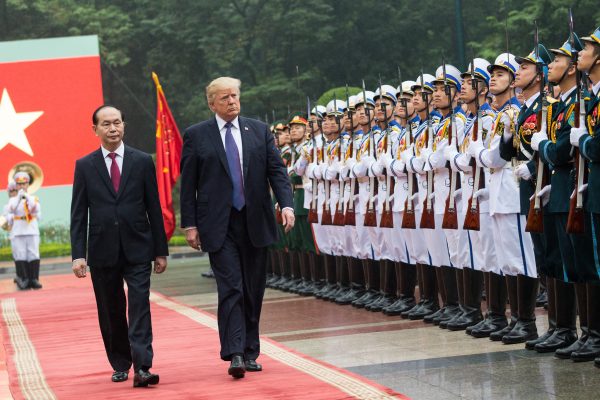
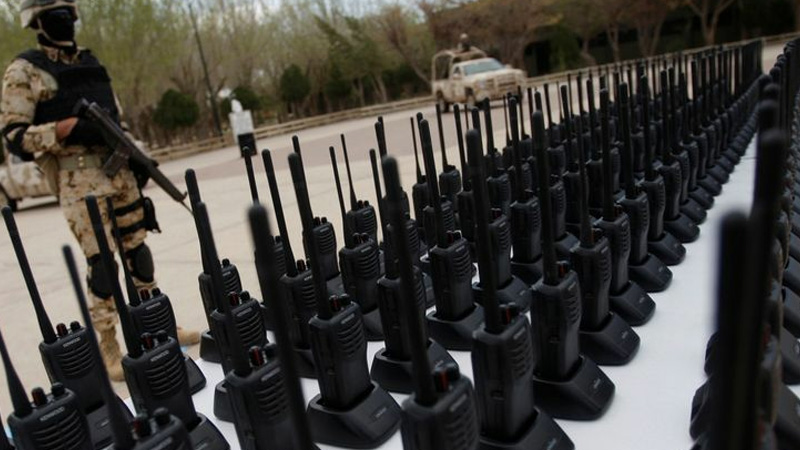
:quality(70)/cloudfront-us-east-1.images.arcpublishing.com/archetype/5KC42O6RHVE4DIYOHTFGV7M3QU.jpg)
